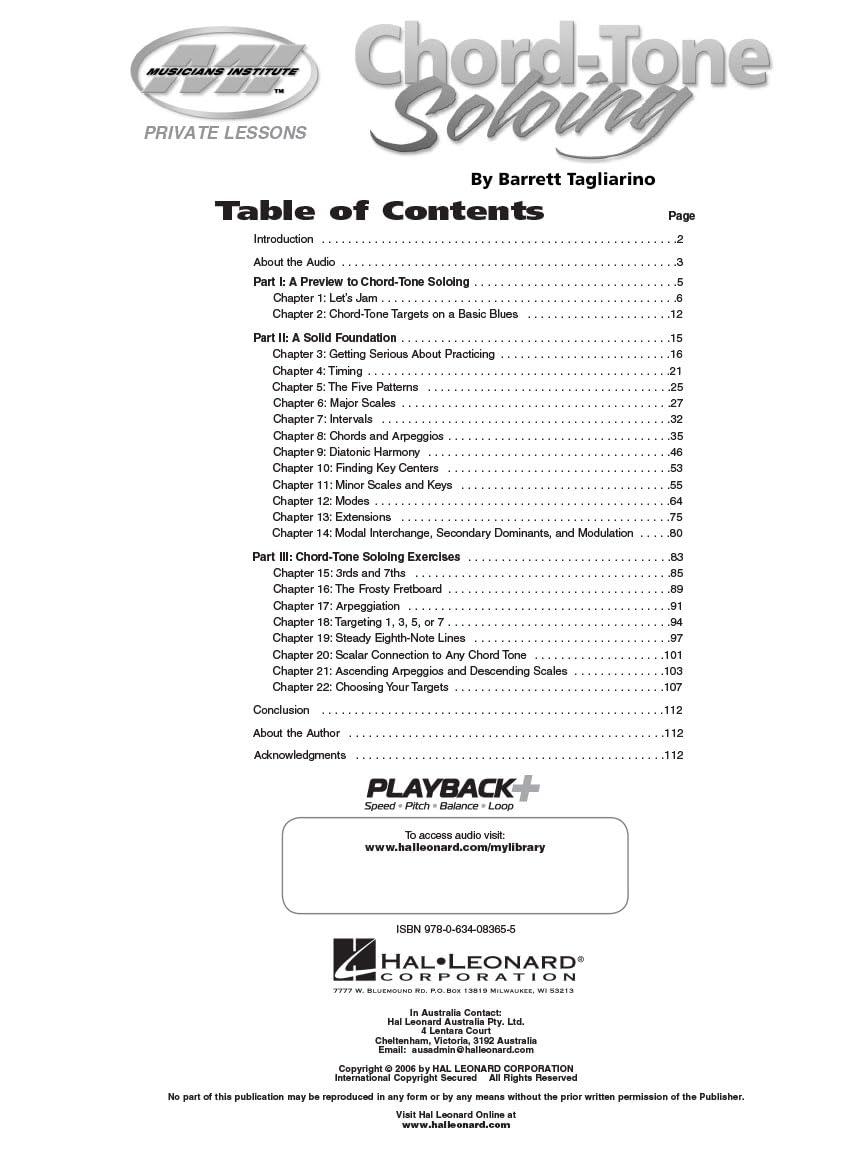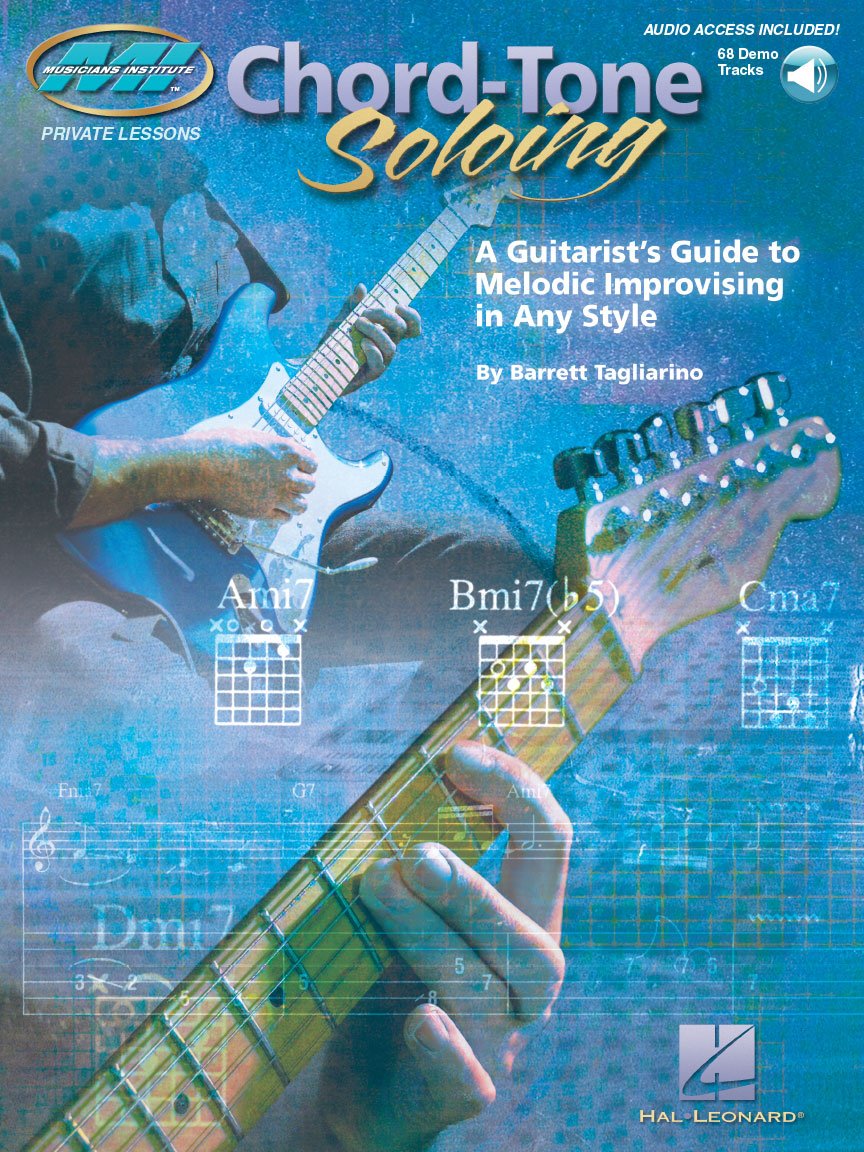Customer Services
Copyright © 2025 Desertcart Holdings Limited
Desert Online General Trading LLC
Dubai, United Arab Emirates






Full description not available
C**N
I wish I had this years ago
I'm a beginner/intermediate guitar player for over a decade now, and I never really improved beyond reading tabs to songs. I never got the feel for how music worked, or really understood much theory at all. This doesn't mean that I didn't try. I certainly tried to pick up theory. I bought a handful of books on theory (some big ones), like a book on classical guitar playing because I thought it would help me learn to read music and understand notes and scales and how to improvise.I was wrong. At least, for me, the books didn't seem to "click" in my head. All of them seemed to require massive amounts of straight up memorization. There didn't seem to be a lot of rhyme or reason to why I was memorizing what I was.Then I picked up The Ultimate Scale Book and Guitar Aerobics: A 52-Week, One-lick-per-day Workout Program for Developing, Improving and Maintaining Guitar Technique after an extended absence from guitar playing. I still remembered the basic chord shapes (and my fingers would sometimes cooperate), some riffs, but zero theory. At one point I had tried to mark my guitar to memorize the notes, but I failed. These two books got me back into the habit of learning, and I finally memorized the pentatonic minor scale after a stubborn hour of repetition.Enter this book. I've always wanted to really play guitar, not just strum through power chords or play somebody else's tabbed songs. The intro portions of this book opened my eyes right away. They enabled me to see the end-goal, and not start out bogged in the details. This was a good kick in the pants for my motivation. Then, I got to the second part of the book, where an epiphany occurred. The other books I had told me something about scales and notes, but there's something in the simplicity of the patterns that this book shows (like the CAGED method and the pattern of notes on the fretboard) that finally clicked for me. The accompanying cd is sparse in the beginning but effective. I had forgotten how to swing the beats, but quickly got back up to speed with it.Overall, this book already has given me valuable insight, and I'm gradually progressing to make the most of it to get to the third part, which is the heart of the book. For someone like me, who has some basic mechanics down but is lacking in theory, it is excellent. Someone who is fresh to guitar playing may find it to be useful, but without the basic chops it will be difficult to pick up the fundamentals in the beginning. Or maybe it won't. But, so far the bits that I have learned from this book are invaluable.Update: I've progressed some more in this book, and it's kept bringing me insight, and has probably the clearest, essential introduction to arpeggiated triads that I've come across. The diagrams that this book provides are all essential, and the exercises are very helpful. The patterns that they teach can be applied anywhere. If you can't think of how to extend the exercise to practice the entire fretboard and the multitude of other patterns, you don't understand the material yet. Go look at the diagrams again. This lack of hand-holding, while giving the very fundamentals and explanations of what direction to take everything keeps me interested. Other books I have either don't really explain the fundamentals or are so verbose that it's difficult to concentrate on what is truly essential.
V**.
Good product
Good product
T**E
Barrett's a Great Teacher!
Chord-Tone Soloing is one of the few books on the market that looks at a very important topic in guitar playing. Athough most amateurs are unaware of it, the majority of great guitar solos, especially those that aren't blues based, are very tied into chord tones, and most great players, whether they are fully conscious of it or not, hit chord tones at just the right moments in their solos. That's why theirs sound so much better than ours do!In this book Barrett Tagliarino, who is much more concerned with teaching than he is showing off, tells you what notes to target and just as importantly, when to hit them. Indeed, there is a lot in here about timing, which is something those of us who have never practiced with a metronome or had formal training need some help with. I'm not just talking about having a "natural" sense of rhythm; I'm describing the ability to hit certain tones on certain beats so they really stand out. Barrett explains this quite well.If you are wondering why just wanking around the pentatonic scale doesn't sound right in some songs, or if your soloing is in a major rut, check out this fine book. And give it time--many of these exercises take practice and patience, but in the end, your soloing will be vastly improved.
E**T
I love this book
I love this book, every night I spend a couple of minutes (which transform to hours) practicing the concepts explained in the chapters. This is the first book I've read that explains practical way for chord tone soloing other than arpeggio based soloing like most of the books about chord tone soloing. The book walks you through each chapter/concept using baby steps. The book begins showing you how to apply chord tone soloing using what the author calls lead-in notes, in just this example you'll get the concept of chord tone soling not just in your mind but in your fingers! I was amazed at how easy the author explained and make me improvise using the concept. Then the book keeps adding elements of more complexity to enhance your chord tone improvisation skills. I loved the Arpeggiation chapter, arpeggios are mostly explained in a mechanical way which ends up being over used by the guitar player/student and instead of sounding in a musical way sounds like exercises, but in this chapter the author shows how to use arpeggios in balance with scales to sound more musically and to denote the chord properties. Overall an excellent book that also serves me as a method for practicing and learning new concepts.
J**T
Chord Tone Soloing
This book was EXTREMELY useful to me. I've been struggling with other texts on the CAGED approach and getting not much more than frustrated. The initial exercise on charting the roots up the neck and then interconnecting them with circles turned on my first light. The trick about playing to hit a target note with a lead phrase was also an 'aha' moment. I'm still in the early stages, but I would highly recommend this to anyone who's looking to expand their skills into soloing.
K**.
A great guitarist teaches another set of great lessons!
I weaned my guitar learning on two of Mr. Tagliarino's earlier books, Guitar Fretboard Workbook and Guitar Reading Workbook. In the last year I ventured out and listened to some soloists whose music I liked, including some who professed to teach guitar soloing using chord tones. After a few months of sort of figuring out how they used chord tones to make nice solos, I went back to Mr. Tagliarino's series and picked up this book, Chord-Tone Soloing. IN THE FIRST TWO LESSONS, I learned more than I did in two months listening to musicians who could play chord tones nicely but could not really explain how they did it. Mr. Tagliarino is a rare breed of guitarist--now only is he an accomplished musician, he understands the learning process and the theory behind the music to deliver it on a platter to his student. Well done again, Mr. Tagliarino! You rock!
Trustpilot
2 weeks ago
1 month ago